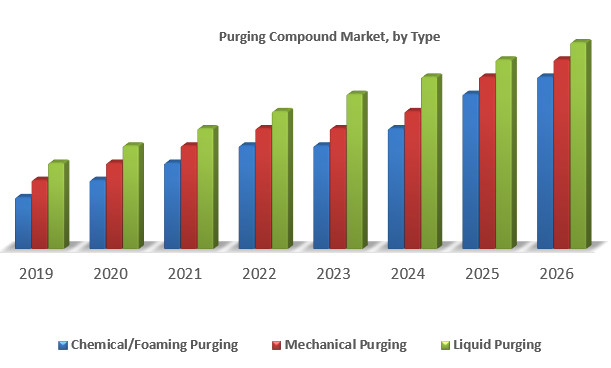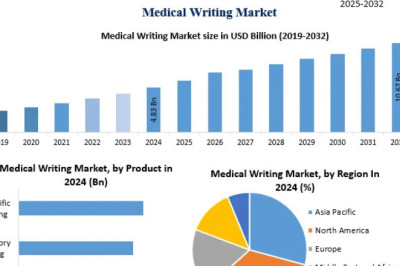views

Parking revenue systems are an integral part of urban infrastructure, playing a crucial role in managing parking spaces and generating significant income for cities, businesses, and private parking operators. As urban areas continue to grow and vehicle ownership rises, the need for efficient parking management has never been greater. This article explores the various aspects of parking revenue systems, their benefits, technological advancements, and the role of parking enforcement companies in ensuring effective implementation.
Understanding Parking Revenue Systems
Parking revenue systems encompass a range of technologies and processes designed to manage parking facilities and collect fees from users. These systems can be found in various settings, including municipal parking lots, private garages, airport parking, and shopping centers. The primary objective is to optimize the use of parking spaces while maximizing revenue collection through efficient fee structures and payment methods.
Components of Parking Revenue Systems
Parking Meters and Kiosks: Traditional parking meters and modern multi-space kiosks are common components of parking revenue systems. These devices allow users to pay for parking using coins, credit/debit cards, or mobile payment apps.
License Plate Recognition (LPR): LPR technology automates the process of monitoring and enforcing parking regulations by capturing images of vehicle license plates. This technology is particularly useful in large parking facilities and for on-street parking enforcement.
Mobile Payment Solutions: Mobile apps provide a convenient way for users to pay for parking without the need for physical meters or kiosks. These apps often include features like real-time parking availability, remote payment, and expiration alerts.
Automated Barriers and Gates: Entry and exit barriers controlled by ticketing systems or electronic passes help regulate access to parking facilities, ensuring only authorized vehicles can enter.
Parking Guidance Systems: These systems use sensors and digital signage to guide drivers to available parking spaces, reducing the time spent searching for parking and enhancing the overall user experience.
Benefits of Parking Revenue Systems
Increased Revenue: By implementing efficient fee collection methods and optimizing space usage, parking revenue systems can significantly boost income for operators.
Enhanced User Experience: Advanced technologies like mobile payments and parking guidance systems make the parking process more convenient for users, encouraging compliance and repeat usage.
Improved Enforcement: Parking enforcement companies play a crucial role in maintaining order and ensuring compliance with parking regulations. Their services are essential in issuing tickets, managing violations, and providing support for legal disputes.
Data Collection and Analysis: Modern parking systems collect valuable data on usage patterns, peak times, and revenue trends. This information can be used to make informed decisions about pricing, space allocation, and facility upgrades.
Environmental Benefits: Efficient parking systems reduce the time vehicles spend idling and circling in search of parking, leading to lower emissions and improved air quality in urban areas.
Technological Advancements in Parking Revenue Systems
The evolution of technology has dramatically transformed parking revenue systems, introducing innovative solutions that enhance efficiency and user satisfaction. Some of the latest advancements include:
Contactless Payments: The COVID-19 pandemic accelerated the adoption of contactless payment methods. QR codes, Near Field Communication (NFC), and mobile wallets allow users to pay for parking without physical interaction, enhancing safety and convenience.
IoT and Smart Sensors: Internet of Things (IoT) devices and smart sensors are increasingly used to monitor parking space occupancy in real-time. These systems provide accurate data on available spaces and help optimize space management.
Integration with Navigation Apps: Parking revenue systems are being integrated with popular navigation apps like Google Maps and Waze. This integration provides drivers with real-time information on parking availability and directs them to the nearest available space.
Dynamic Pricing Models: Similar to ride-sharing services, some parking operators are adopting dynamic pricing models that adjust parking fees based on demand and availability. This approach helps balance demand, maximize revenue, and ensure fair access to parking spaces.
Blockchain Technology: Blockchain offers a secure and transparent method for managing parking transactions and records. It can enhance the reliability of payment systems and reduce the risk of fraud.
Role of Parking Enforcement Companies
Parking enforcement companies are essential partners in the successful implementation of parking revenue systems. They provide a range of services that ensure compliance with parking regulations and optimize revenue collection. Some of the key roles of these companies include:
Issuing Citations: Parking enforcement officers patrol parking areas and issue citations for violations such as expired meters, unauthorized parking, and non-payment. Their presence acts as a deterrent to rule-breaking behavior.
Violation Management: Handling disputes and appeals related to parking citations is a critical function. Enforcement companies manage these processes, ensuring fair treatment and resolution.
Booting and Towing: For more severe violations, enforcement companies may use vehicle immobilization (booting) or towing services to enforce compliance. These measures are typically used as a last resort but are effective in maintaining order.
Revenue Collection: Ensuring that fines and fees are collected efficiently is a key responsibility. Enforcement companies use advanced software to track payments, send reminders, and manage collections.
Public Relations and Education: Educating the public about parking regulations and the importance of compliance is an often-overlooked role of enforcement companies. Effective communication helps reduce violations and improve overall compliance.
Challenges and Considerations
Despite the benefits, implementing parking revenue systems comes with challenges that need careful consideration.
Cost: The initial investment in technology and infrastructure can be significant. However, the long-term benefits often justify the expense.
User Acceptance: Transitioning to new systems requires user education and acceptance. Ensuring that the public understands and adopts new payment methods and technologies is crucial for success.
Privacy Concerns: Technologies like LPR and IoT sensors raise privacy concerns. Operators must ensure that data collection and usage comply with privacy regulations and protect user information.
Maintenance and Upgrades: Keeping technology and infrastructure up to date requires ongoing investment. Regular maintenance and periodic upgrades are necessary to ensure the system's reliability and efficiency.
Coordination with Local Authorities: Successful implementation often requires coordination with municipal authorities, particularly for on-street parking systems. Effective collaboration ensures that regulations are enforced consistently and fairly.
Conclusion
Parking revenue systems are vital for managing urban parking efficiently and generating substantial revenue. Technological advancements have significantly improved these systems, making them more user-friendly and effective. The role of parking enforcement companies in maintaining order and compliance is indispensable, ensuring that the benefits of these systems are fully realized. As cities continue to grow, the adoption of advanced parking revenue systems will be essential for addressing the challenges of urban mobility and maximizing the potential of parking infrastructure.











